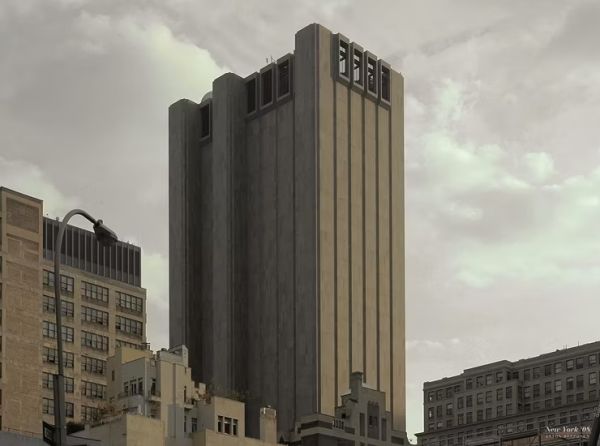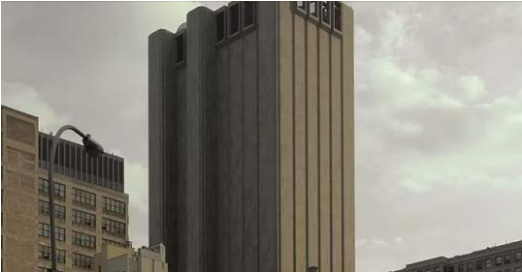In the heart of Lower Manhattan, a peculiar 29-story building has long fascinated New Yorkers. 33 Thomas Street, also known as the “Long Lines Building,” stands out due to its unique design – it has no windows. Despite its enigmatic presence, this structure has a rich history that intertwines telecommunications and surveillance.
Built in 1974, the building was designed as a fortified communication hub, capable of withstanding atomic blasts. Its imposing structure and lack of windows have sparked curiosity and earned it a spot as one of the city’s most iconic skyscrapers. However, its true purpose remained hidden until recent revelations.

Leaked documents and interviews with former AT&T employees suggest that 33 Thomas Street served as an NSA surveillance site, codenamed Titanpointe. The building houses a significant international gateway switch, which routes phone calls between the US and worldwide countries. The NSA allegedly tapped into these calls from a secure facility within the building, targeting international organizations and countries, including US allies.
The NSA’s presence in the building raises questions about surveillance boundaries and the balance between privacy and security. While AT&T’s collaboration with the NSA is known, the extent of their involvement in surveillance activities within 33 Thomas Street remains unclear. This ambiguity highlights the need for adequate oversight in an era of advanced technology and government surveillance.
The building serves as a symbol of the complex interplay between privacy and security in our connected world. Its history and secrets continue to intrigue, making it a fascinating piece of New York City’s architectural landscape.


